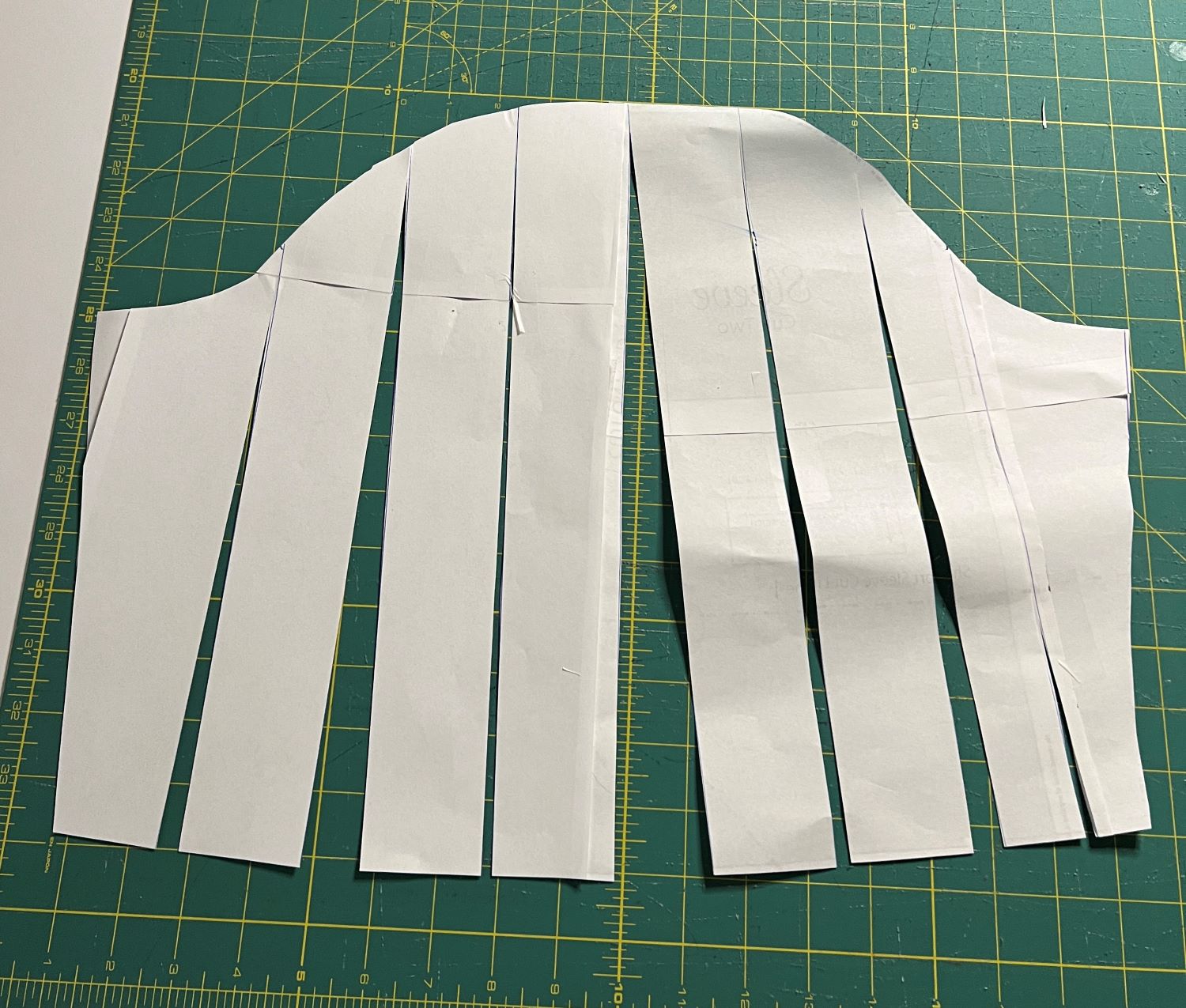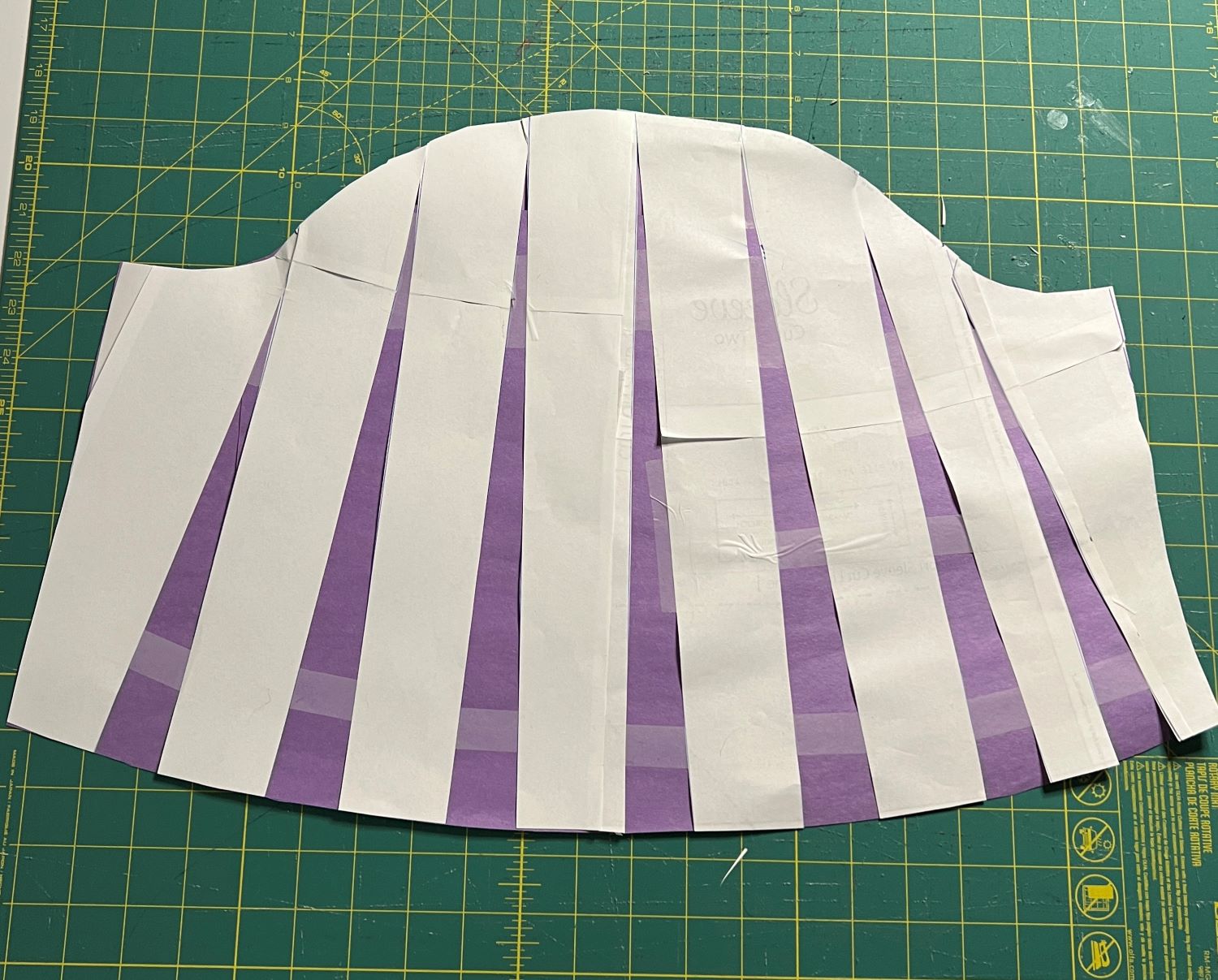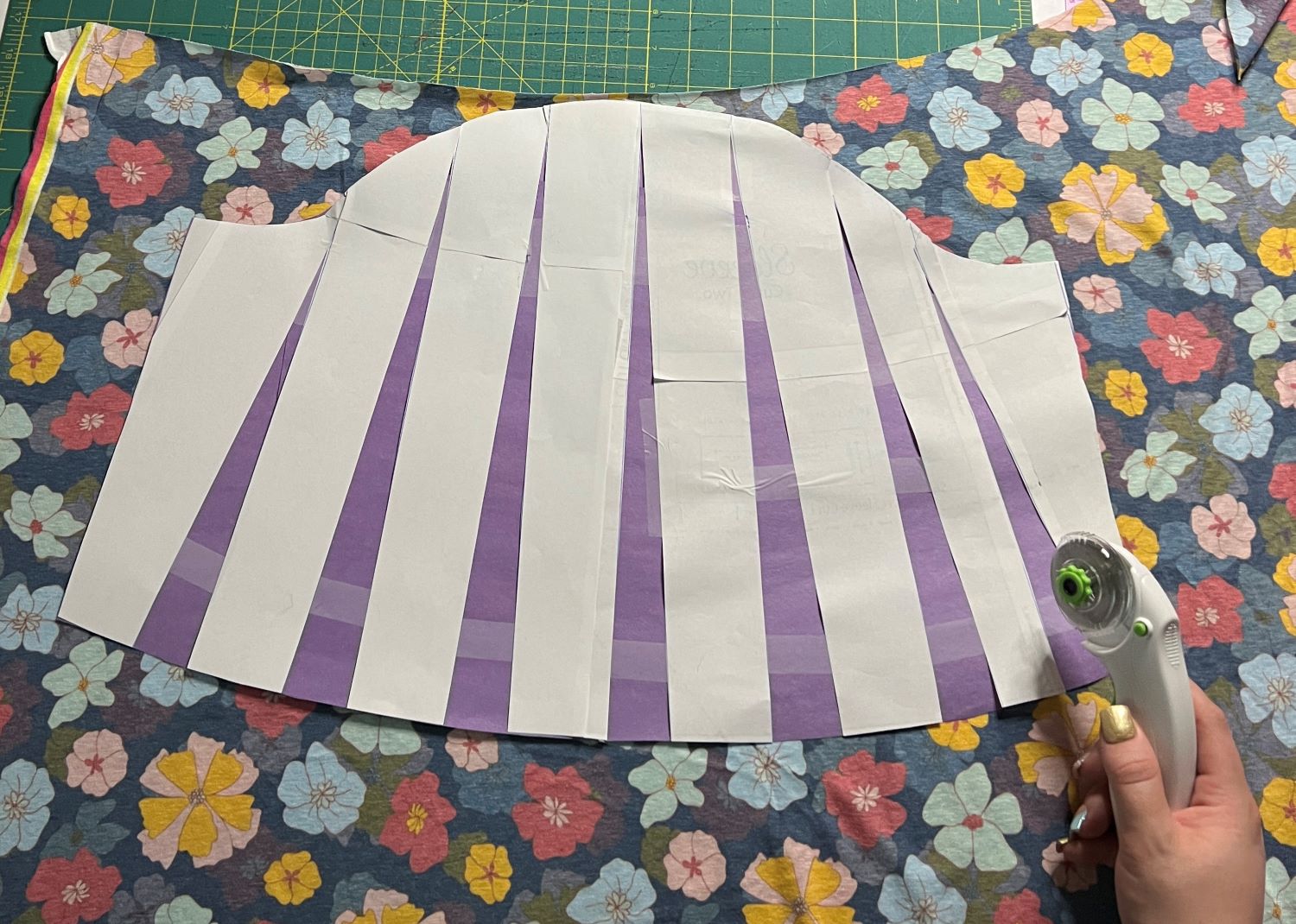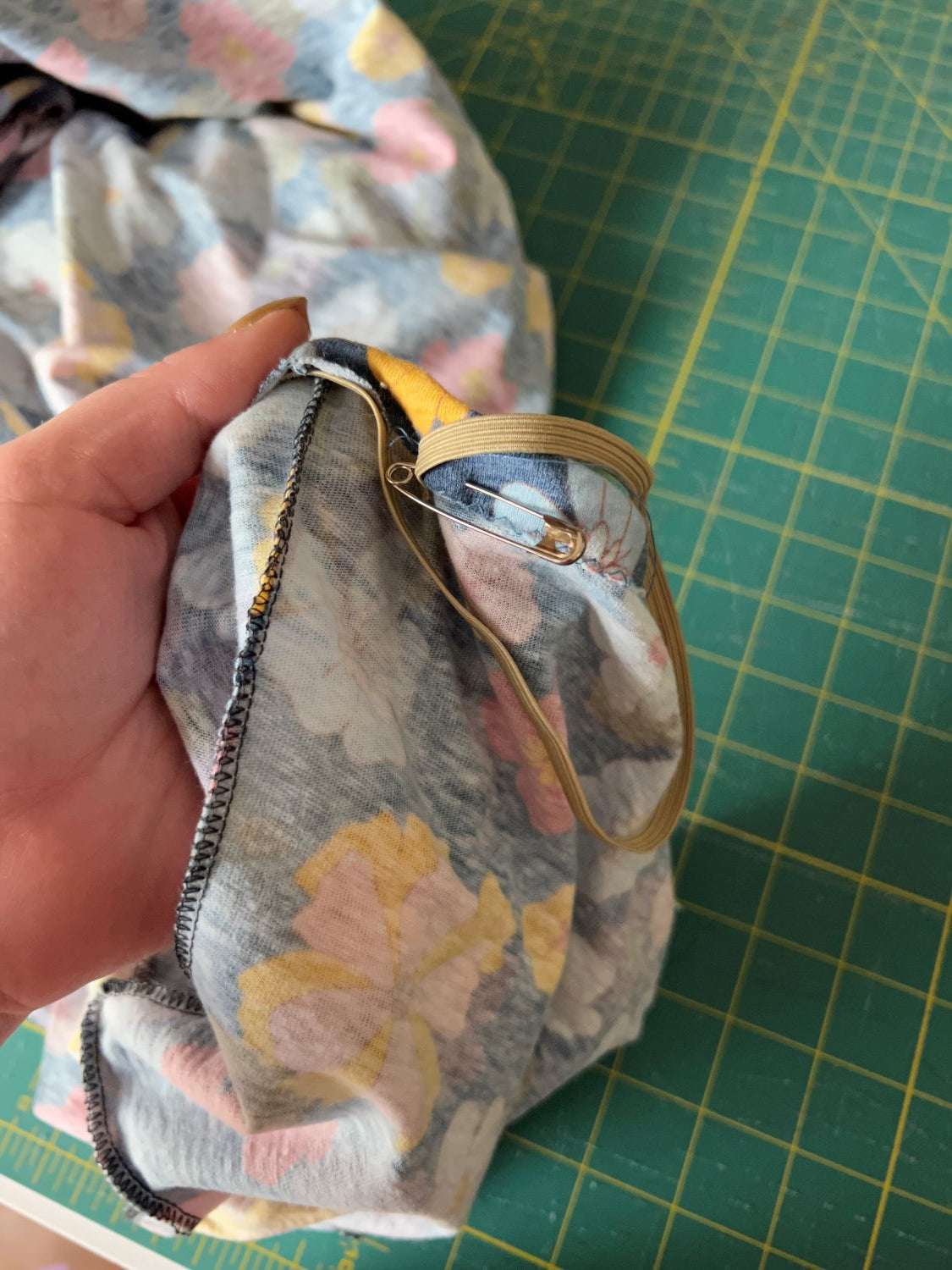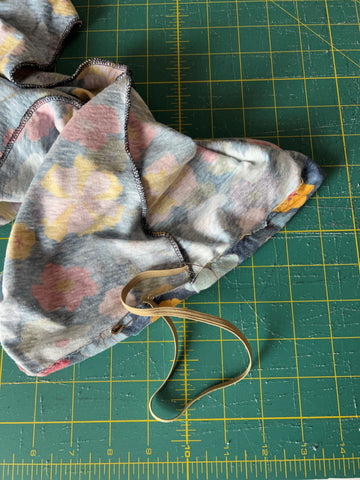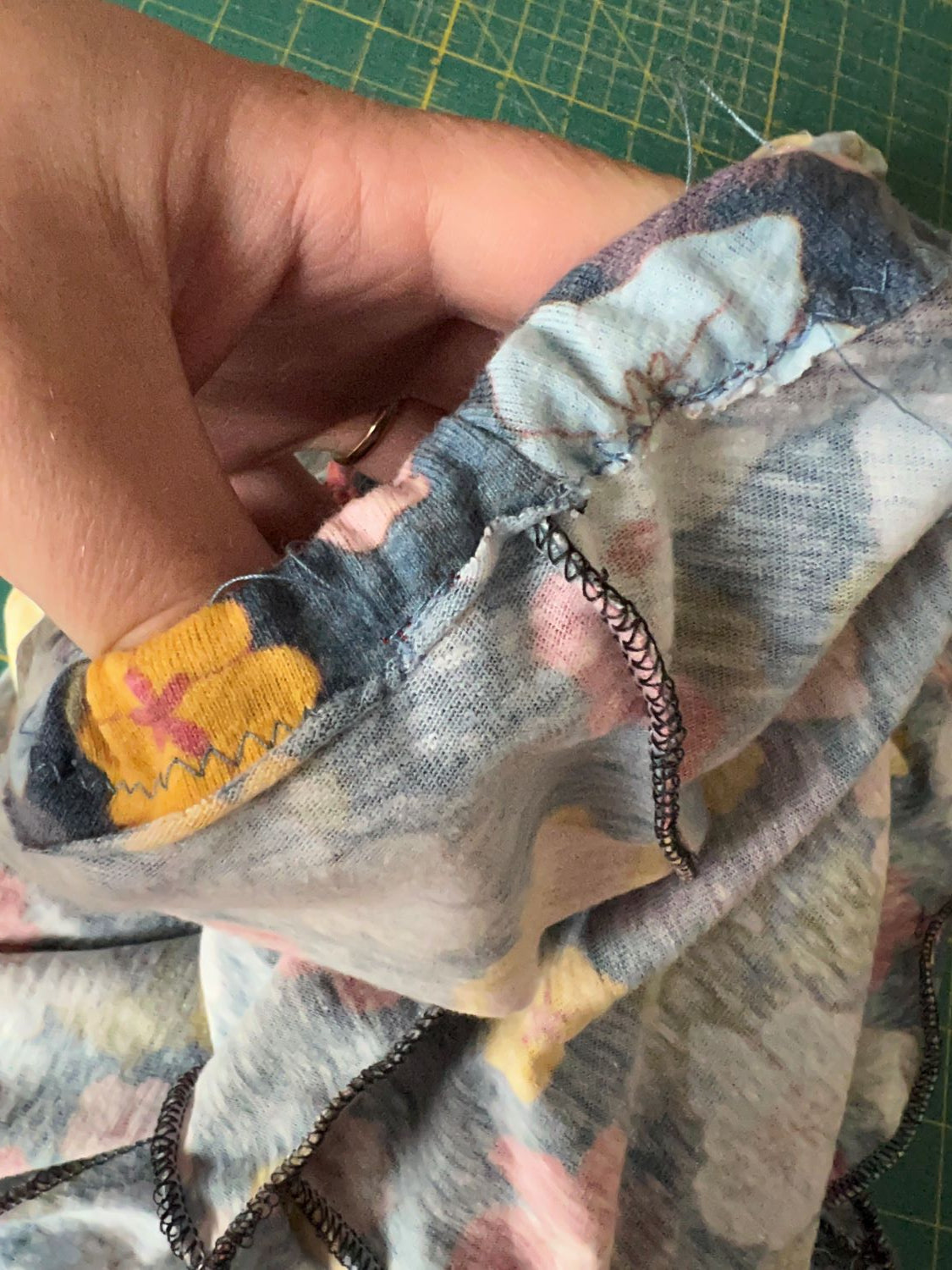Estimated Turn Around Time: 4-5 Business Days, most orders are shipping under TAT
-
Apparel Fabric
-
Custom Printing
- Gifts & Goods
-
Wallpaper
Luxury Peel and Stick Wallpaper
![]()
-
Helpful Resources
- Gift Card
- Apparel Fabric
- Custom Printing
- Gifts & Goods
- Wallpaper
- Helpful Resources
- Gift Card
Luxury Peel and Stick Wallpaper








